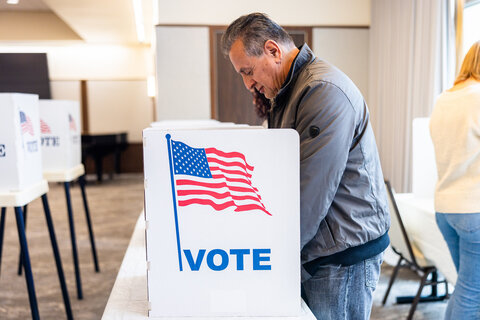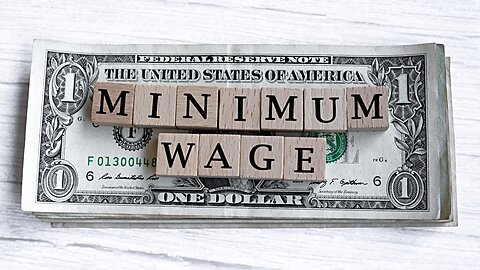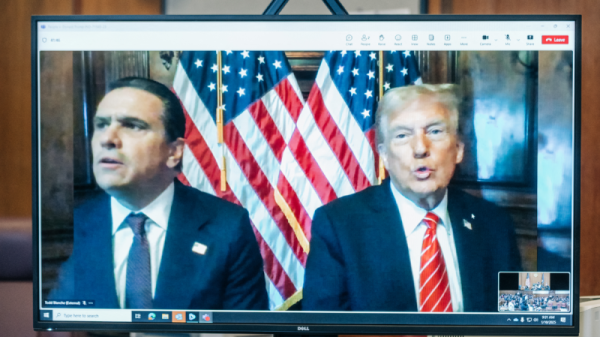The Equal Rights Amendment failed when its time limit expired before it could be ratified by 34 states; several states have also moved to rescind their previous approvals. But in recent weeks, advocates, including 46 senators led by Kirsten Gillibrand (D‑NY), 100 members of the House of Representatives, the League of Women Voters, and 23 state attorneys general, have urged President Biden to insert the Equal Rights Amendment into the Constitution by decree, given additional ratifications after the time limit, by ordering the archivist to publish it as a duly enacted Twenty-Eighth Amendment.
In a statement yesterday, Archivist Colleen Shogan and Deputy Archivist William J. Bosanko stated that they lack any legal power to carry out such an order, saying that the Equal Rights Amendment “cannot be certified as part of the Constitution due to established legal, judicial, and procedural decisions.” Shogan and Bosanko should be applauded for insisting that legality must come first, even when it conflicts with the prevailing opinion in the governing party.
This is not the first runaround for the issue. I wrote about it in 2020 when advocates tried a similar move, a lawsuit in which the attorneys general of Virginia, Illinois, and Nevada sued the archivist, demanding recognition of the amendment as validly ratified. (The suit failed.)
Shortly after that, the late Justice Ruth Bader Ginsburg drew widespread notice when she publicly criticized efforts to declare the Equal Rights Amendment ratified in the face of the expiration date and the rescissions. “I would like to see a new beginning. I’d like it to start over,” she told a Georgetown Law audience. “There’s too much controversy about a latecomer Virginia ratifying long after the deadline passed. Plus, a number of states have withdrawn their ratification. If you count a latecomer on the plus side, how can you disregard states that said, ‘We’ve changed our minds’?”
Ginsburg was, of course, a lifelong and vigorous advocate of the Equal Rights Amendment, but as one scholar has pointed out, over the years she came to emphasize its “expressive, rather than doctrinal significance.” One reason is that a long line of Supreme Court opinions has developed the equivalent of an Equal Rights Amendment in practice through the Equal Protection Clause, with statutory enactments filling in further gaps.
Ignoring Ginsburg’s advice now would, at best, invite a Supreme Court strike-down, if not further constitutional complications, for no apparent gain. Is setting up constitutional collisions between branches of government now somehow seen as fun or productive in itself?





























